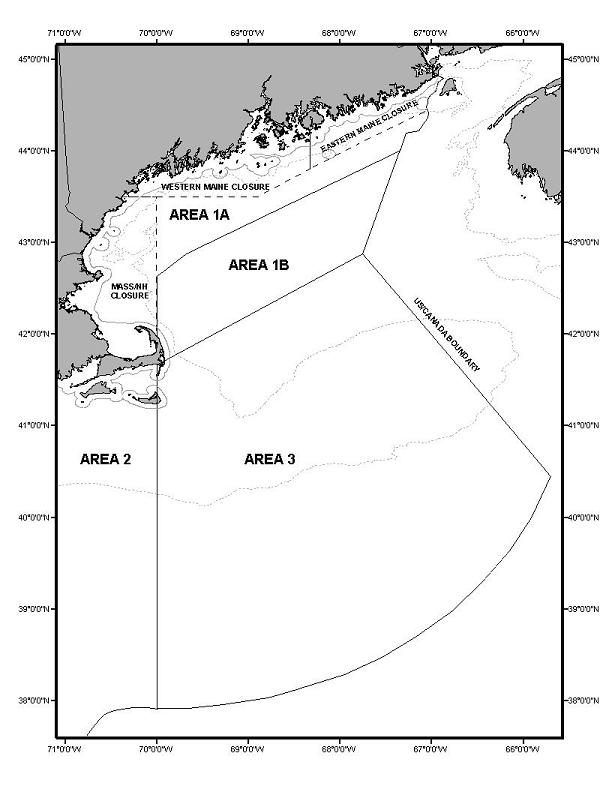
The Department of Marine Resources is responsible for monitoring the status of the Maine herring fishery and works in cooperation with the National Marine Fisheries Service, Massachusetts Division of Marine Fisheries, and New Hampshire Fish and Game, to assess the status of the U.S. Atlantic coast herring stock, which extends from Virginia to New Brunswick.
DMR routinely collects samples from the commercial fishery. These samples are weighed, aged, measured for length, and assessed for maturity. Combined with landings information and trawl survey data, these important pieces of information are primary inputs to the stock assessment models used for determining stock status. Additionally, DMR staff conduct portside bycatch investigations which are used to monitor the haddock and river herring quotas set up by NOAA (https://www.fisheries.noaa.gov/new-england-mid-atlantic/commercial-fishing/quota-monitoring-greater-atlantic-region).
DMR, along with our partners at MA DMF monitor and manage the spawning closure management measures used by ASMFC to limit the amount of spawning fish removed from the inshore population. Using biological samples collected from the commercial fishery, areas are closed based on the maturation of the fish in each of three regions along the Maine coast: Eastern Maine, Western Maine and MA/NH.

For more information, contact Matt Cieri.
 View several stages of herring gonad development here. Select the picture for a larger view (488 kb jpg file)
View several stages of herring gonad development here. Select the picture for a larger view (488 kb jpg file)